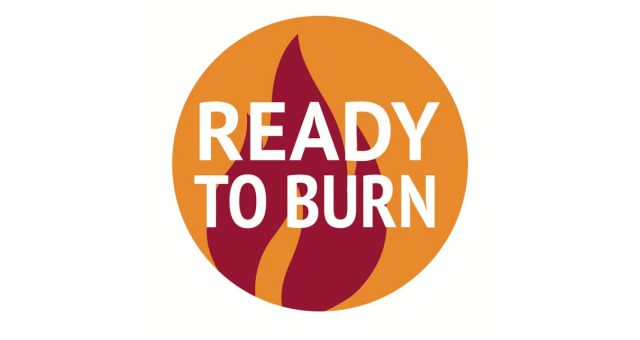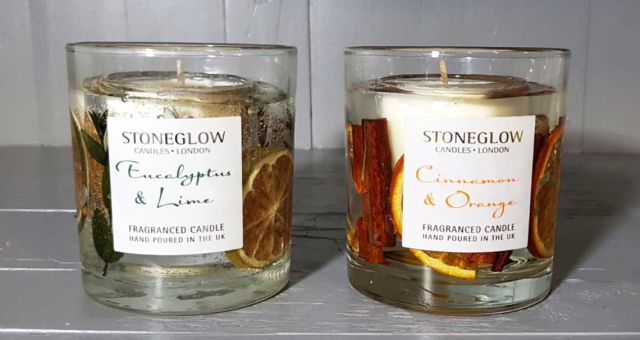Everyone enjoys a BBQ in the scorching summer sun! And with the current heatwave going on, It’s time to understand which charcoal and wood options are the best for cooking with. Below we’ll talk about the different Charcoals & types of wood that are commonly used and what they are best used for.
TYPES OF CHARCOALS
Firstly, when it comes to charcoal, there are a lot of different options to choose from. With different charcoal available to fit everyone’s needs. Whether you are looking for ease of use or a premium cooking finish, there’ll be a charcoal for you. This doesn’t include Coal, however, as you should never cook on coal. Coal is an impure fuel that when cooked with, will release its contaminants onto your food.
LUMPWOOD
Lumpwood can be made from a variety of hardwoods, using a unique method where the wood is burned gradually over a long period of time under a controlled condition where there is next to no oxygen. What this does, is it removes all of the other substances from the wood until all that remains is a lump of pure carbon. These lumps are then packaged together for you to use when you cook.
The main advantage of lumpwood is that they are a lot easier to light than briquettes and they are quicker to get properly burning as well. They tend to reach a hotter maximum temperature and then they begin to die down to a low consistent heat. This type of burn is ideal for cooking a lot of meats, which don’t require long cooking times.
Lumpwood tends to last for around 1-2 hours and produce a low volume of ash when they have burnt out. The manufacturing technique used to make lumpwood ensures it is completely natural and will not leave any contaminants in the food you are cooking, meaning you get great tasting food.
RESTAURANT GRADE
Restaurant Grade Charcoal is generally made from larger lumpwood chunks that are chosen because these larger chunks last longer and are capable of heating larger quantities of food at a more consistent temperature. They use completely natural charcoal with no added substances so that the food doesn’t taste of any chemicals. These Charcoals are ideal for large parties or events where you don’t want to have to keep maintaining the BBQ and the chunks of charcoal inside.
Other than that there are no large differences between Restaurant Grade Charcoal and Lumpwood Charcoal.
INSTANT LIGHT CHARCOAL & DISPOSABLE BBQ’S
Instant Light Charcoal and Disposable BBQ’stypically use very similar Charcoal, which tends to be a Briquette made up from wood products that have been carbonised and then bonded together using a bonding agent. Which then has had additives added to make them easier to light. This process creates cheap Briquettes that are then easier to use.
The downside is that they don’t tend to last as long and they can release harmful chemicals into your food if you don’t let them burn for long enough before using them. You can also get Instant Light Charcoals made from other charcoals like lumpwood. But these charcoals will still have chemicals added to them to make them easier to light.
These features make Instant Light Charcoal and disposable BBQ’s perfect for new BBQers, people who aren’t yet fully confident in their BBQing ability and those who do not own their own BBQ.
CHARCOAL BRIQUETTES
Charcoal Briquettes are made from wood product that has been carbonised, which is then bonded together using a bonding agent to make many different styles and shapes. Some Briquettes have designs to help with airflow and others are specially made for certain types of Grills. There are some Briquettes that are made from cheap softwood and have additives in them and then there are some Briquettes that are made from Hardwood and are completely natural.
Basically with Briquettes comes variety and with variety, choice. There are a lot of different kinds of Briquettes which can cater to most people’s needs. Just about the one thing they don’t have is that they aren’t seen as being as natural as other charcoal, because they are formed from reconstituted bits of carbon using a bonding agent. Although this also allows for their shape to be drastically changed to fit the manufacturers wants.
Ultimately if you are not too fussed about your charcoal being made from pure carbon, then there are plenty of options to choose from and it is just a case of finding the right one for your needs.
TYPES OF WOOD
When cooking with wood, it is typically hardwood that is used because it burns at higher temperatures and for a longer time, while also being cleaner for food as it generally contains less sap. It is also better to use Kiln Dried Logs, because these logs have a lower moisture count (below 20%). This means that they produce less smoke when burnt, which then leaves less nasty chemicals going into your food. Below we’ll discuss the different types of hardwood that are commonly used and what they are used for.
Even if you are cooking with Charcoal, you can still add some smoky flavour using a Smoke Box. Smoke Boxes are small metal boxes that are placed inside BBQ’s, over the coals but still under the grill, which you fill with the small wood chips of your choice. You do this so that when the BBQ is on and cooking your food, the chips inside the metal box begin to smoke and add flavour to your food. Our Selection of Smoke Box’s can be found here.
It’s also important to understand what BTU is, BTU stands for British Thermal Unit and it is a representation of the amount of energy it takes to heat one pound of water by one degree. So the higher the BTU score, the more energy the material produces when it is burnt. We’ll be giving a general guide of a wood’s BTU score because different species of the wood have varying BTU scores.
ALDER
Alder is a hardwood that has a softer, more delicate smoke to it when cooked with. Which compliments mild food better like fish, certain vegetables and chicken. Alder on average has a BTU score of below 20, which is quite low for a hardwood. While still usable in pizza ovens, it isn’t the best with this score or for other cooking processes that require a high heat cooking time.
OAK
Oak is a very dense hardwood that has a strong and rich smoky flavour. It can work well with most foods as long as they don’t have a delicate taste, which you are trying to preserve and you like a strong smoky taste. For these reasons, it’s one of the most popular, if not the most popular wood to cook with. With all the different species of oak, you can get BTU scores in the low 20’s or even as high as 40. This makes oak great for usage in pizza ovens and other cooking processes that require a high heat cooking time. The main downside to oak is how expensive it is, if this proves to be too much for you then the next option might be right for you.
HORNBEAM
Hornbeam is another dense hardwood that has a fairly strong smoky flavour. Again it can work well with most foods and is very similar to Oak in a lot of ways. Hornbeam has an average BTU of around 27, making it great to use with pizza ovens and other cooking processes that require a high heat cooking time. It also leaves behind a considerable amount of hot ash, which is ideal for cooking with. In Italy it is growing in popularity as a more affordable alternative to Oak for their pizza ovens as well.
ASH
Ash is a hardwood with a unique but light smoky taste that adds a distinct taste to the foods you cook it with. It primarily works well with milder foods, such as fish, seafood and chicken. Although it also works well if you combine it with other logs as well, if you still want that unique ash taste; while having a stronger smoky flavour overall. Ash has an average BTU score of low to mid-twenties, making it good for use in pizza ovens and other cooking processes that require a high heat cooking time.
BIRCH
Birch is a less dense hardwood with a soft but sweet smoky flavour, which is very similar to that of maple. It is perfect to cook pork and poultry with this wood. Birch as a wood is also very easy to light and comes to its maximum heat output quickly, making it great for inexperienced wood smokers. Its BTU score varies from low 20’s to mid-twenties, although it doesn’t burn for as long as other denser woods, such as ash. This makes birch usable but not ideal for pizza ovens as well as other cooking processes that require a more drawn out cooking time.
Fruitwood
Fruitwood is wood from Fruit growing trees. There is a huge variety of fruitwood which includes the likes of Lemon, cherry, apple, plum, almond, hickory, pear, maple, pecan, mesquite and so on. Each with their own unique tastes and qualities, that would need a whole blog dedicated to them and a more hands-on approach to find the right wood to fit your taste.
And that’s it! Hopefully, this little guide has proved helpful to you and if you want to see the range of Charcoals that we stock, then click here. Or if you want to see what wood we stock then click here.




